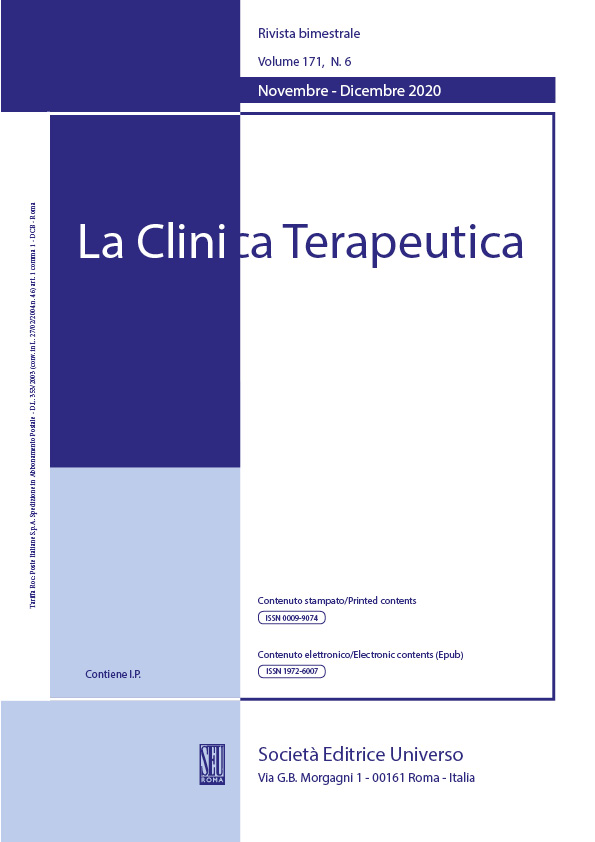Abstract
The first act of assisted suicide in Italy was recently carried out. This event is an absolute novelty for the country, affected by recent legislative changes aimed only at introducing the right to interrupt health treatments and, therefore, carry out exclusively omissive end-of-life acts. These normative provisions lay their foundations in a cultural context centered on the protection of the right to life and health; however, the cases that have occurred over time, including the famous story of DJ Fabo, have led the Constitutional Court to re-evaluate these dictates, introducing in 2019 the right to resort to assisted suicide procedures within well-defined areas, including incurability of the condition, the serious suffering of the individual and the retained ability to stand trial.
The case addressed concerns a quadriplegic subject who was the victim of a road accident. Following consultation with a specialized institution, the subject made the decision to undergo an assisted suicide procedure in Italy. Having obtained the authorization from the competent authorities, he started a fundraiser to finance the devices and drugs required and, finally, he died.
The opening by Italy towards the assisted suicide procedure represents a great step towards a broad context, as well as a decisive act for the purpose of protecting the right to self-determination of the individual. However, the current legislative framework presents significant criticalities and shortcomings. In first place, the dissonance between the laws in force and the judicial sentences is likely to generate problems of uneven application of the rules in a country dominated by the principle of Civil Law. Furthermore, the need for the applicant to fully self-finance the procedure clearly clashes with the constitutional principle of free access to care. Then emerges the need for a guideline document regarding the completion of the procedure itself, the times, methods and drugs implied, in order to significantly reduce the decision-making process by the ethics committees that still weighs on each individual case. Finally, considering what has been observed on the subject of voluntary termination of pregnancy, it is necessary to ask what will be the general orientation of the doctors called to perform the act and whether they will be given the opportunity to express their refusal.
The case analyzed could represent the beginning of a new era for Italian culture, but the large-scale application of assisted suicide procedures requires the introduction of legislative provisions that definitively eliminate the critical issues that have emerged so far.
